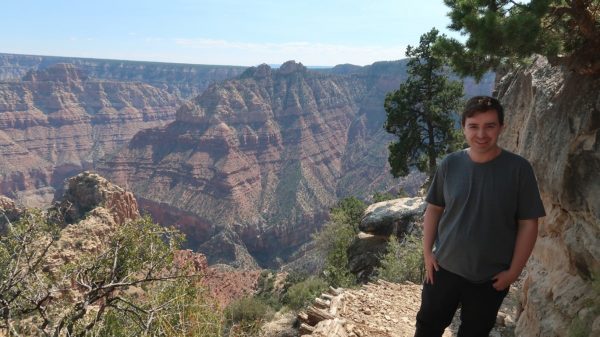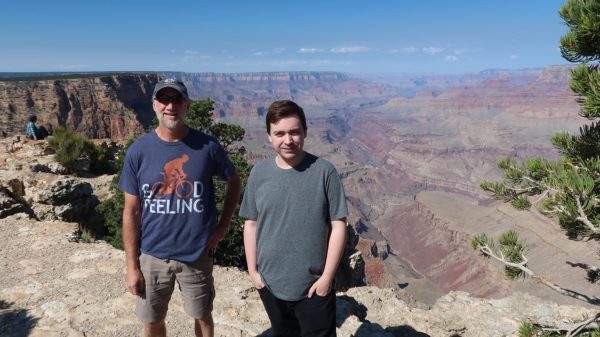I initiated my degree in 2019 with a branch project from an international research team studying the ecology and conservation of the migratory bird species Progne subis (Purple Martin). The main goal of my research was to find out if this species is facing contamination by environmental mercury in the Amazon Basin and if that correlates with changes to select hormones and/or body measurements. Mercury is a concerning contaminant that can impact virtually any and every system of an organism, from genome to tissues to endocrine pathways, and the Amazon Basin is both rich in mercury and in processes that increase the likelihood of organic mercury synthesis.
However, pursuing a master’s degree during 2020’s pandemic proved to have its challenges. From the beginning, we planned for me to visit Dr. Buck’s lab at Northern Arizona University in Flagstaff to analyze feather samples from Purple Martins for hormone and mercury concentrations. Unfortunately, this had to be changed due to travel restrictions, and, ultimately, I could not analyze the samples myself. Luckily, close to my thesis deposit, it was announced that the travel restrictions would be lifted in the second half of 2021 for students and researchers coming from Brazil. It was at that point that we decided to postpone my degree so that I could finally participate in the laboratory exchange and receive training in the techniques used in my samples, albeit in an unrelated species and project.
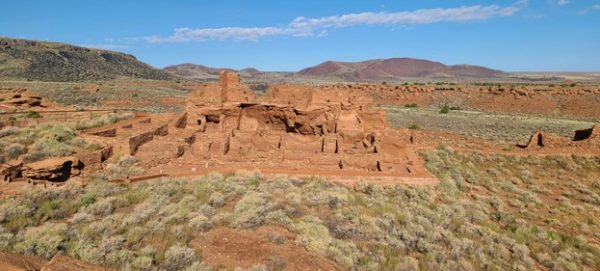
I was hosted by Dr. Buck for 10 days in September 2021, a short amount of time that we had to make the most of. During my visit, lab manager Danielle Dillon guided me through the process of keratinase digestion of thrush feathers from start to finish. The objective was to measure average corticosterone concentrations during the feather’s growth. Because feathers only accumulate compounds during their growth, this process allows for correlations with other accumulated substances to be made, such as other hormones or toxicants. With these feathers, the objective was to compare corticosterone and mercury concentrations between thrushes that live in a public park inside of the city of São Paulo, Brazil, and thrushes that live in a conserved region of Atlantic Forest in the outskirts of the city.
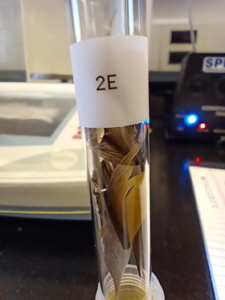
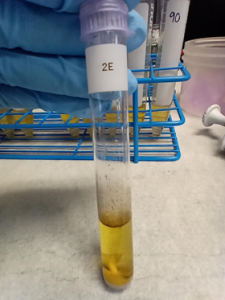
(Chopped thrush feather inside vial prior and after digestion)
We started by measuring and chopping the feathers, which would then be put in vials and weighted. These vials then received the keratinase solution and were left to digest over five days. During this digestion period, I witnessed the final hormone concentration readings and assay validation of fish samples that were prepared beforehand. When the digestion of the thrush feathers was finally completed, I was guided through the separation of the resulting supernatant and pellets. Most of the corticosterone is expected to be found at the supernatant at this point, but we still prepare the pellets with methanol to be certain that we extracted everything that we can. The supernatant, on the other hand, must be filtered before it can be prepared with methanol to avoid impurities that interfere with the assay. Finally, both pellets and supernatant would be assayed in the following days. But not by me as that was sadly my last day in the lab. There was, however, time for another student, Renee Jordan, to quickly show me the steps for mercury analysis that would be performed in other feathers from the same thrush individuals.
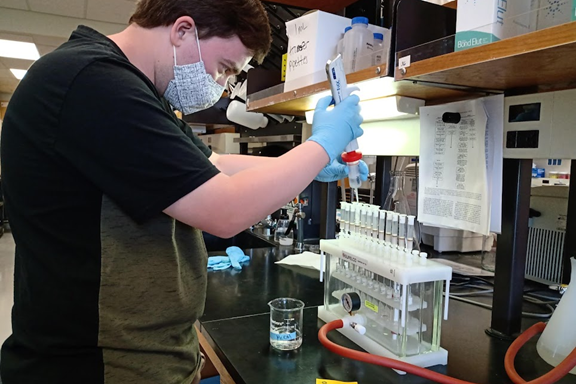
Besides my time in the lab, I was able to get to know the university, the city, and some surrounding areas. Dr. Buck took me, along with another student, to see the Wupatki ruins and the Grand Canyon. While some of the ruins are protected, some are open for visitation, and we could get a glimpse of what it was like to live in the Pueblos by going inside one. Later, when we got to the Grand Canyon, we realized we had chosen an amazing day for visiting it, with clear weather that was neither too cold nor too hot. We even went down a trail while we discussed how hard it must have been back when miners rode mules up and down those same trails.
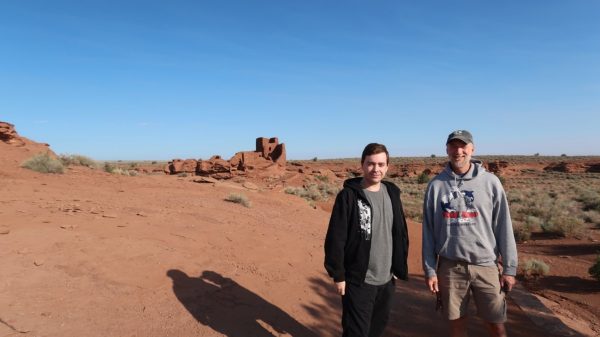
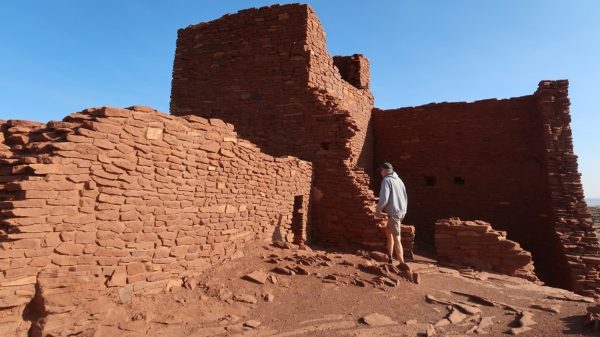
Surprisingly, during my lab exchange, I was able to accomplish more than I anticipated for such a short amount of time. Even though we only had 10 days, we managed to cover all the techniques used in the research that culminated in my master’s thesis. Furthermore, it was a great opportunity to meet some of the lab members that, up until that point, I only knew from online meetings. And finally, I had an amazing time getting to know the beautiful city of Flagstaff, Northern Arizona University, the Wupatki Pueblos, and the Grand Canyon.
